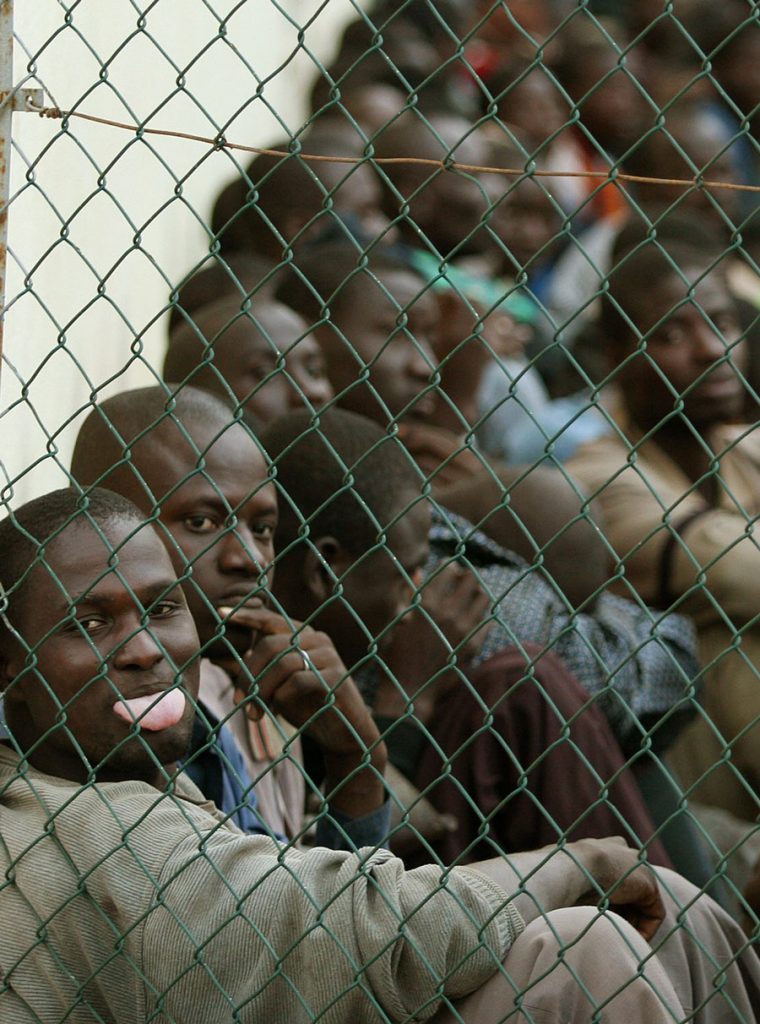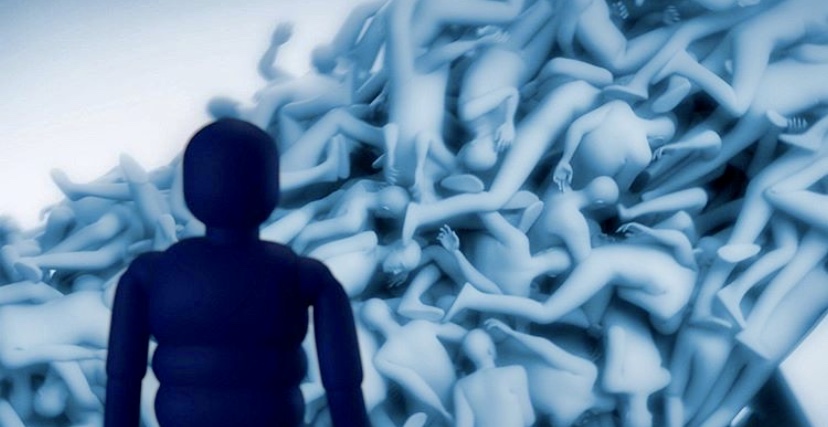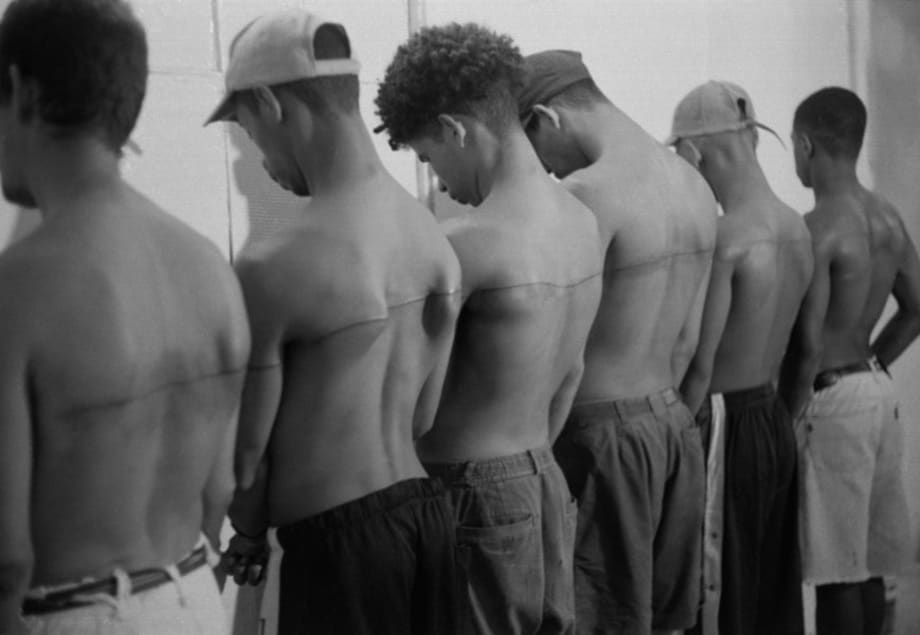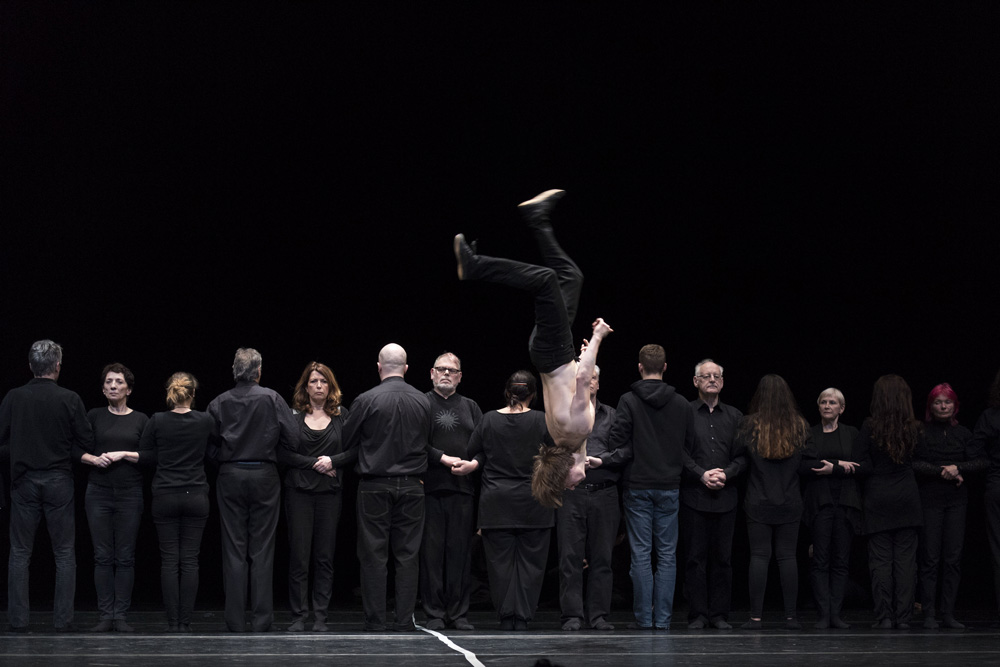Dance and racism – For the first time ever, a dancer of colour has been honoured in Germany: Raphael Hillebrand. A dancer who has broken down barriers, between urban dance and contemporary dance. And yet, resentment lingers. As does the question: How does the theatre, of all places, come up with the notion of being able to combat racism?
Theatres, or at least those who administer them, like to extol their establishments and their in-house ensembles as tolerant, free spaces for experimentation. Even as early as the 1990s, they had decorative banners festooned on the façades of their bastions, declaring how many members of their ensembles came from how many nations of the world. By virtue of this multicultural potpourri, they longed to prove that Europe’s theatres employ as many nationalities under their roofs as there are member nations in the global community.
They were unconditionally receptive– and also for other polemical debates that were soon to follow: against blackface, for decolonisation and equality for women. Ever since, a desire for “co-management” has constantly raged amongst their ensembles. Today, they function as a role model for “true democracy.” Hand-in-hand, women, men and diverse peoples fancy themselves taking responsibility for a venerable theatre ship that represents nothing less than an illustrious counter-model to the authoritarian and somewhat iniquitous State apparatus. Whatever goes awry in the big wide world– migration, nationalism, racism and forced integration–– the theatre companies, the subsidised venues, and those theatrical companies that feed upon the taxpayer’s largesse boldly continue to confront injustice–– and this in a truly classical sense: in the name of enlightenment and because counter-images have invariably been the theatre’s bread and butter.
The fact that a dancer, an urban dancer at that, albeit a studied one, that someone like Raphael Hillebrand, whom one would far rather call a Berlin snout with his heart in the right place, if such a person is allowed to choreograph in the provinces of Oldenburg and Chemnitz in the second, third row, even hip-hop, suggests that one does this not least in view of the lack of new blood in one’s own audience rows. If someone like Hillebrand can serve as proof of how cosmopolitan the theatre is, no one should be disturbed by the fact that the theatre emphasises in the same breath that it is primarily committed to its own region in the Geester Land or the Erzgebirge. For the theatre is a regional supplier of regional products, which today are also staged in a climate-friendly way by transporting foreign dancers exclusively on the rails of long-distance public transport. One wants to be good three times over: Good for the citizen. Good for culture. And good for the zeitgeist. To be good is the first duty in the competition of all products. And theatre: is a product.
Just as a border demarcates adjoining countries, any product must distinguish itself from others. In the theatrical sphere, that dividing line between the stage and the stalls remains impossible to overlook. Yet another one runs through the theatre’s disparate sectors: some theatre-goers love opera, others dance, other again drama. Even the professional journals are sub-divided into categories, as though opera and dance did not grace the same stage. The audience experiences barriers everywhere, even in front of the theatres. Those who don’t buy their tickets online must join the queue at the ticket office, behind which a bureaucracy inflates its self-importance through restricted opening hours and a limited quota of tickets, all while seeking to mitigate those self-same restrictions with enticing advantages for subscribers, students, and the less well-off. They claim to be socially aware and yet are empowered to see proof of need in order to grant or not grant a discount thanks to an official document passed through the ticket slot.




